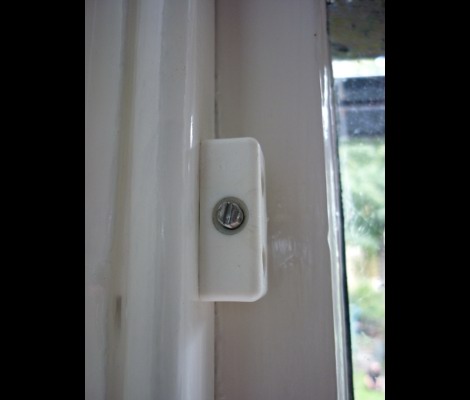Very few residential architectural elements lend themselves to automation, with doors and windows being particularly thorny problems. You can buy powered doors and windows, true, but you’ll pay a pretty penny and have to go through an expensive remodeling project to install them. Solving this problem is why this double-hung window automation project caught our eye.
Another reason we took an interest in this project is that [deeewhite] chose to use a PLC to control his windows. We don’t see much love for industrial automation controllers around here, what with the space awash in cheap and easy to use microcontrollers. They have their place, though, and a project like this is a good application for a PLC. But the controller doesn’t matter at all if you can’t move the window, for which task [deeewhite] chose 12V linear actuators. The fact that the actuators are mounted in the center of the window is probably necessary given the tendency of sashes to rack in their frames and jam; unfortunately, this makes for a somewhat unsightly presentation. [deeewhite] also provides the ladder logic for his PLC and discusses how he interfaces his system with Alexa, a WeMo and IFTT.
We’d love to see this project carried forward a bit with actuators hidden under the window trim, or a rack and pinion system built into the window tracks themselves. This is a pretty good start and should inspire work on other styles of windows. While you’re at it, don’t forget to automate the window blinds.
[via r/DIY]













